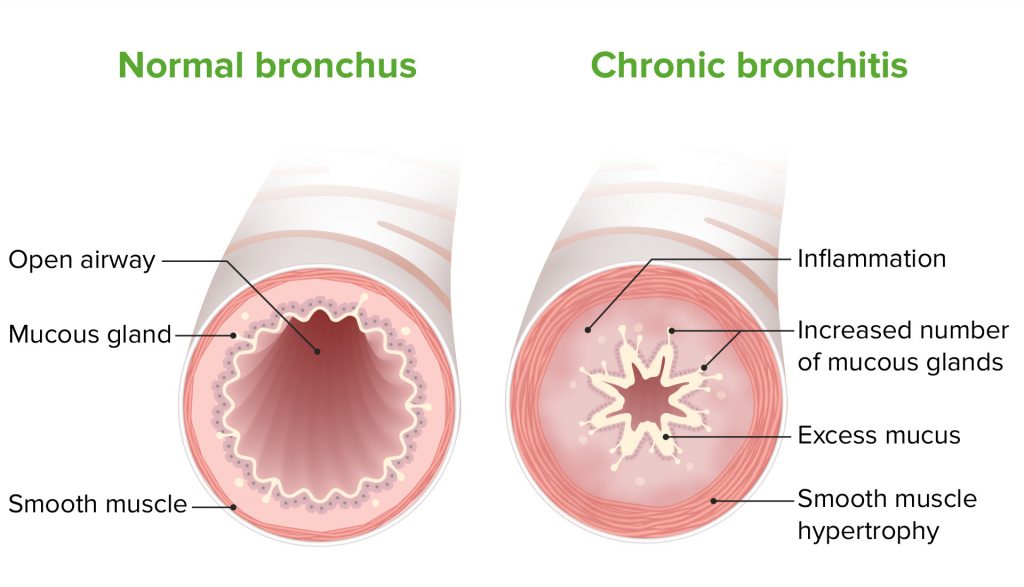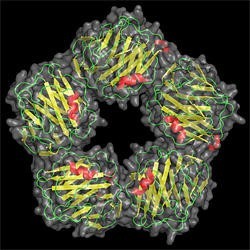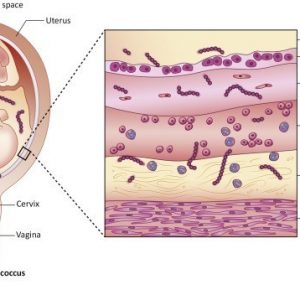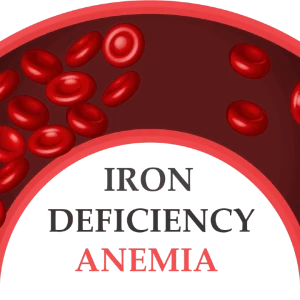People who suffer from obstructive lung disease also known as airway obstruction have difficulty breathing out all the air from the lungs. Due to the damage to the lungs the airways inside the lungs get narrowed, and breathing out all the air becomes slower than normal. In such a case, the chances are that the air may still stay behind in the lungs.

The common causes of obstructive lung disease are COPD or Chronic obstructive pulmonary disease (including emphysema and chronic bronchitis) Asthma, Bronchitis and Cystic fibrosis. Obstructive lung disease makes it very difficult for a person to inhale or exhale during any increased activity or exertion. This initially happens due to exercise but after some time the problem may occur at rest. In general, the rate of breathing starts to increase and there is very less time left to exhale all the air before the next gulp of air to be inhaled. This leads to the trapping of air in the lungs.
As we know that obstructive lung disease causes shortness of breath initially due to exertion. As the disease progresses, a person will feel shortness of breath when a person is doing a minimum activity or even if the person is taking rest. Coughing is a common symptom of obstructive lung disease and the coughing may be dry with clear sputum. People who develop chronic bronchitis may even cough up larger amounts of colored mucus. Symptoms of obstructive lung disease are also common among people who may have depression and anxiety, these symptoms occur due to limitations in activity or lifestyle.
Visit your doctor in case you see any symptoms of obstructive lung disease. Your doctor may ask you about your smoking history and will also ask you to take a physical exam. Your doctor may suggest you to take some important laboratory tests which will help your doctor. These laboratory tests may include:
- Pulmonary function testing: This laboratory test is taken through a mouth piece, when the person blows air forcefully into the mouth piece, it records the volume and measures the flow of air through the lungs, it identifies the presence of obstructive lung disease as well as how severe it is.
- Chest X-ray: To check and confirm if you have an obstructive lung disease.
- CT scan (Computed tomography) of chest: A detailed image of the chest will help your doctor to determine the cause for obstructive lung disease. This laboratory test may not be mandatory depending on how severe is your condition.
- Bronchoscope: Again this laboratory test may not be mandatory to take but in case your doctor asks for it, it will help the doctor to further diagnose the lung condition. In this laboratory test an endoscope which is a flexible tube with camera and has tools on its tip to peek inside the air passages and has the ability to take samples of the lung tissues also known as biopsies.
The treatment of obstructive lung disease include medication that helps to open the narrowed air passages. These passages are narrowed due to spasms in the muscles which are the walls of these air passages also known as bronchospasm. The doctor may suggest you medicines that help to relax the muscles of the airways and they improve the air flow. These medicines are also be known as bronchodilators as they can be inhaled. Inflammation is also one of the reasons for the air passage narrowing in obstructive lung disease and is caused when air passages swell and are filled with mucus obstructing the air flow. To reduce the inflammation the doctor may also suggest other medicines like inhaled corticosteroids or oral corticosteroids. Despite these treatments mentioned it is not advisable to take any of the above medications without a doctor’s prescription. An effort of exercising daily will help an individual suffering from obstructive lung disease to improve the symptoms of breathlessness. Some people can also opt for oxygen therapy to improve their symptoms.






